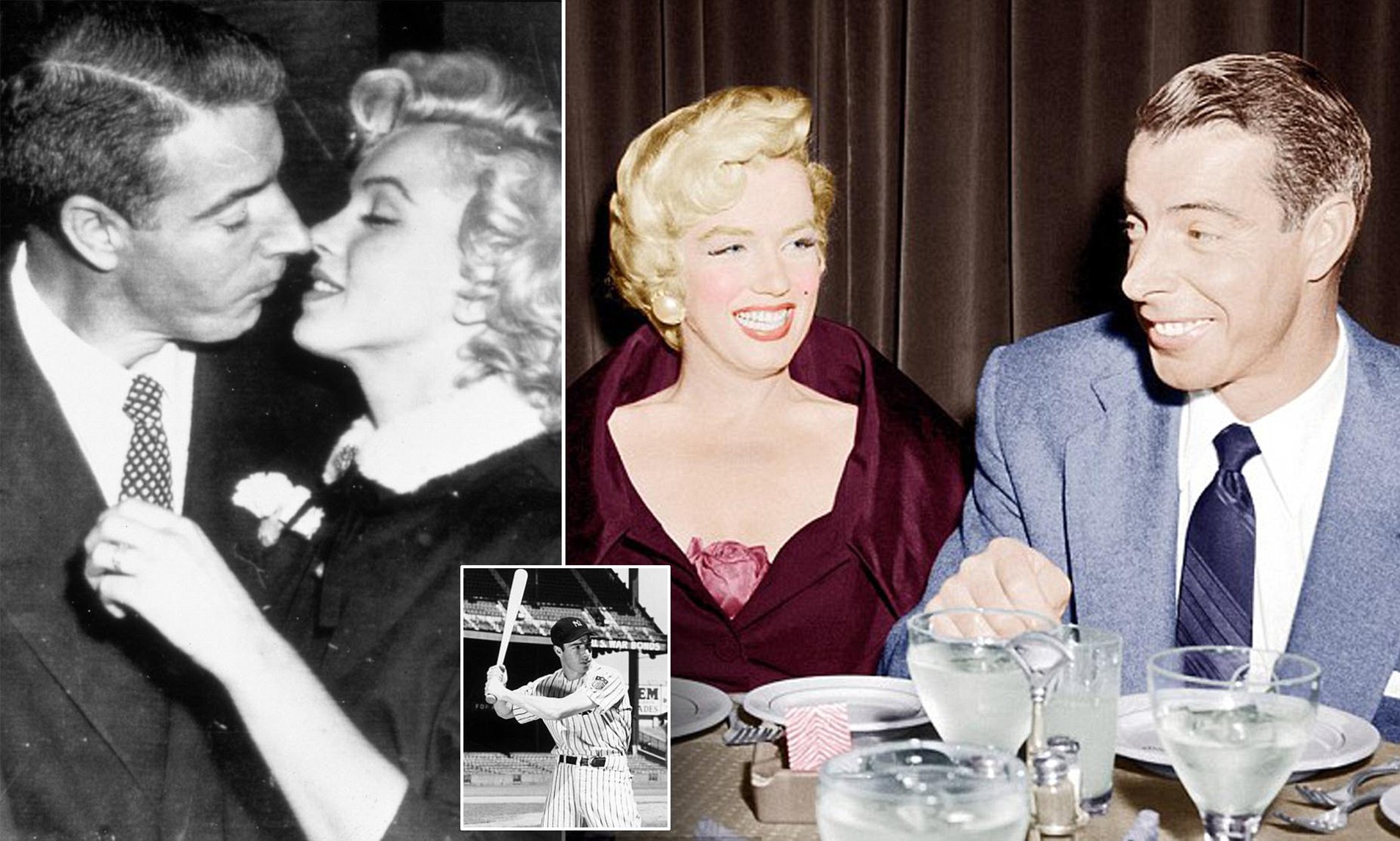The morticians to the stars, Abbott & Hast, were entrusted with handling the remains of Hollywood’s elite during the 1960s.
When Marilyn Monroe tragically passed away on August 5, 1962, the duo was called upon to collect her body following a suspected overdose at her home.
Allan Abbott, one half of the mortuary team, vividly described the shocking state in which they found the iconic actress.
Contrary to her glamorous on-screen image, Marilyn exhibited signs of neglect, including purple blotches on her face, visible roots, and the need for grooming.
Abbott & Hast’s services extended beyond Monroe, as they also facilitated the funerals of other notable figures such as Clark Gable, Ernie Kovacs (with Frank Sinatra and Jack Lemmon as pallbearers), and Natalie Wood.
Additionally, they provided transportation for celebrities like Elizabeth Taylor, Richard Burton, and even John F. Kennedy.
The journey for Abbott and Hast began with a humble purchase of an old hearse for camping trips, eventually leading them into the funeral service industry.
Their business evolved to encompass various vehicles and services, becoming a prominent establishment in Hollywood.
In his forthcoming book, “Pardon My Hearse,” Abbott delves into the experiences of transporting famous bodies, escorting celebrities, and catering to movie studios’ needs.
The narrative encapsulates the unique encounters and behind-the-scenes anecdotes of their profession.
The duo’s involvement with Marilyn Monroe’s preparations for burial shed light on the realities behind the glitz and glamour of Hollywood.
From addressing physical alterations to orchestrating meticulous procedures, Abbott’s account offers a raw perspective on the aftermath of a star’s demise.
Beyond their interactions with the deceased, Abbott & Hast navigated through diverse scenarios, including assisting at executions, responding to unusual death incidents, and fulfilling requests from film studios.
Each encounter contributed to their professional growth and enriched their understanding of mortality.
The pair’s dedication to their craft extended to intricate tasks like correcting post-mortem conditions and handling delicate matters such as Marilyn Monroe’s personal effects.
Their commitment to upholding dignity and respect in their services underscored their unwavering professionalism.
Reflecting on their extensive career, Abbott & Hast’s contributions to the funeral industry and Hollywood’s cultural landscape are profound.
Their interactions with renowned personalities and pivotal moments in history form a compelling narrative that transcends mere mortuary duties.
Through Abbott’s candid storytelling, readers gain insight into the intricacies of managing high-profile funerals and navigating the complexities of celebrity deaths.
The revelations about Monroe’s final days offer a poignant reminder of the fragility of fame and the humanity that unites us all.



